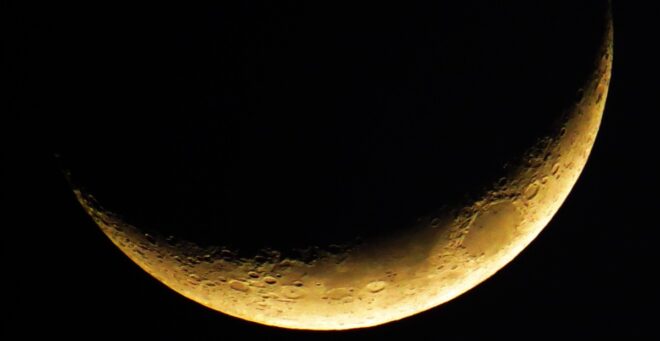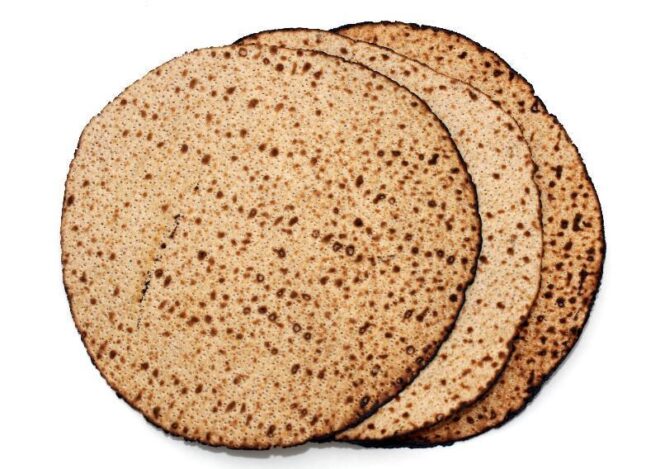
Calculating the earliest and latest times for קידוש לבנה Kiddush Levana has not been part of the KosherJava Zmanim API until now. This is because unlike other zmanim that solely rely on solar calculations that are tied to the Gregorian calendar, times for Kiddush Levanah depend on the Jewish calendar molad (lunar conjunction) computation. With the recent addition of Jewish calendar support to the alpha releases of the KosherJava Zmanim API 1.3, molad calculation was added, allowing for calculation of kidush levana times. Times include the earliest time calculated as 3 and 7 days after the molad. Sof zman kidush levanah includes the מהרי״ל Maharil’s opinion in שו״ת מהרי״ל ס׳ י״ט She’elos Utshuvos Maharil no. 19 that it is calculated as halfway between molad and molad
הטעם הוא משום דאמר בפרק היו בודקין עד שתתמלא פגימתו … וא״כ במילוי תליא מילתא ולאו דווקא ט״ו וי״ו אלא חצי כ״ט י״ב תשצ״ג
and the more lenient full 15 days from the molad mentioned by the Mechaber in the Shulchan Aruch. It should be noted that some opinions hold that the Rema who brings down the opinion of the Maharil’s of calculating halfway between molad and molad is of the opinion that the Mechaber agrees with him. Also see the Aruch Hashulchan. For additional details on the subject, See Rabbi Dovid Heber’s very detailed writeup in Siman Daled (chapter 4) of Shaarei Zmanim.
Calculating the Molad
Kidush levanah times depend on the time of the molad. The time of the molad announced in shuls on Shabbos Mevarchim is the time of the Molad Emtzai (Average Molad) in Yerushalayim local mean time. This has to be converted to standard time. Standard time uses time zones to unify clock times across a large area. With 360° of longitude around the globe, the world is divided into 24 timezones (one per hour) resulting in timezones that are 15° of longitude each. Har Habayis with a longitude of 35.2354° is 5.2354° away from the 30° longitude line. Multiply the 5.235° by 4 minutes per degree (15° of longitude per hour) to reach 20.94 minutes, or 20 minutes and 56.496 seconds (5.235 * 4 = 20.94). This time is subtracted from the local molad time to arrive at Standard time. Since the time of the molad is at the same instant globally (unlike zmanim such as sunrise that depend on a person’s location), converting this to a user’s local time involves simply calculating the time difference between the time in Yerushalayim and your location. If daylight savings time is in use, this has to be added to the calculation. Java date formatting classes do this calculation on Date objects without forcing the developer to do any calculations.
Calculating the Start and End of Kiddush Levana Times
The JewishCalendar class contains the methods for claculating these zmanim. Calculating Tchilas Zman Kiddush Levana (the earliest time Kiddush Levana can be said) is done by adding 3 days or 7 days to the molad time. Sof Zman Kiddush Levana (the latest time Kiddush Levana can be said) is either the time between molad and molad calculated by adding 14 days, 18 hours, 22 minutes and 1.666 seconds to the molad (half the 29 days, 12 hours, 44 minutes and 1 chelek (3.333 seconds)), or by adding 15 days to the molad.
Using the Zmanim API Calculate Molad Based Times
Here is sample code for calculating various kiddush levana times for anywhere in the world for Shevat 5729 (1969). Since formatting classes requires a timezone for proper formatting, the simple code below assumes that you are looking for the time in your local timezone. If you want the time for a timezone other than the one your computer is in, set the SimpleDateFormat.setTimeZone() to the timezone you wish to display the times for.
int year = 5729;
int month = JewishDate.SHEVAT;
Date tchilas3Days = JewishCalendar.getTchilasZmanKidushLevanah3Days(year, month);
Date tchilas7Days = JewishCalendar.getTchilasZmanKidushLevanah7Days(year, month);
Date sofZmanBetweenMoldos = JewishCalendar.getSofZmanKidushLevanahBetweenMoldos(year, month);
Date sofZmanKidushLevanah15Days = JewishCalendar.getSofZmanKidushLevanah15Days(year, month);
SimpleDateFormat sdf = new SimpleDateFormat("MMM dd, yyyy 'at' HH:mm:ss z");
System.out.println("Tchilas Zman Kiddush Levana 3 Days: " + sdf.format(tchilas3Days));
System.out.println("Tchilas Zman Kiddush Levana 7 Days: " + sdf.format(tchilas7Days));
System.out.println("Sof Zman Kiddush Levana Between Moldos: " + sdf.format(sofZmanBetweenMoldos));
System.out.println("Sof Zman Kiddush Levana 15 Days: " + sdf.format(sofZmanKidushLevanah15Days));
this will output the following in an EST timezone.
Tchilas Zman Kiddush Levana 3 Days: Jan 21, 1969 at 06:06:29 EST Tchilas Zman Kiddush Levana 7 Days: Jan 25, 1969 at 06:06:29 EST Sof Zman Kiddush Levana Between Moldos: Feb 02, 1969 at 00:28:31 EST Sof Zman Kiddush Levana 15 Days: Feb 02, 1969 at 06:06:29 EST
Kiddush Levana Times During Daylight Hours
As you can see, all of these times are at night (After tzais 72 and prior to Alos 72 minutes in Montreal). Many times, these calculations will result in times that are during daylight hours when Kidush Levana can’t be said. When using the API and calculating the time for the tchilas zman kiddush levana and the time is during daylight hours, the earliest time should be tzais the following night. When the calculated time of sof zman kiddush levana is during daylight hours, the time posted should be alos on that morning. The API may at some point support a method of automatically calculating this.
 Until this point the
Until this point the  The Zmanim API did not have dedicated zmanim to claculate the Erev Pesach zmanim of sof zman achilas
The Zmanim API did not have dedicated zmanim to claculate the Erev Pesach zmanim of sof zman achilas  Thanks to
Thanks to 